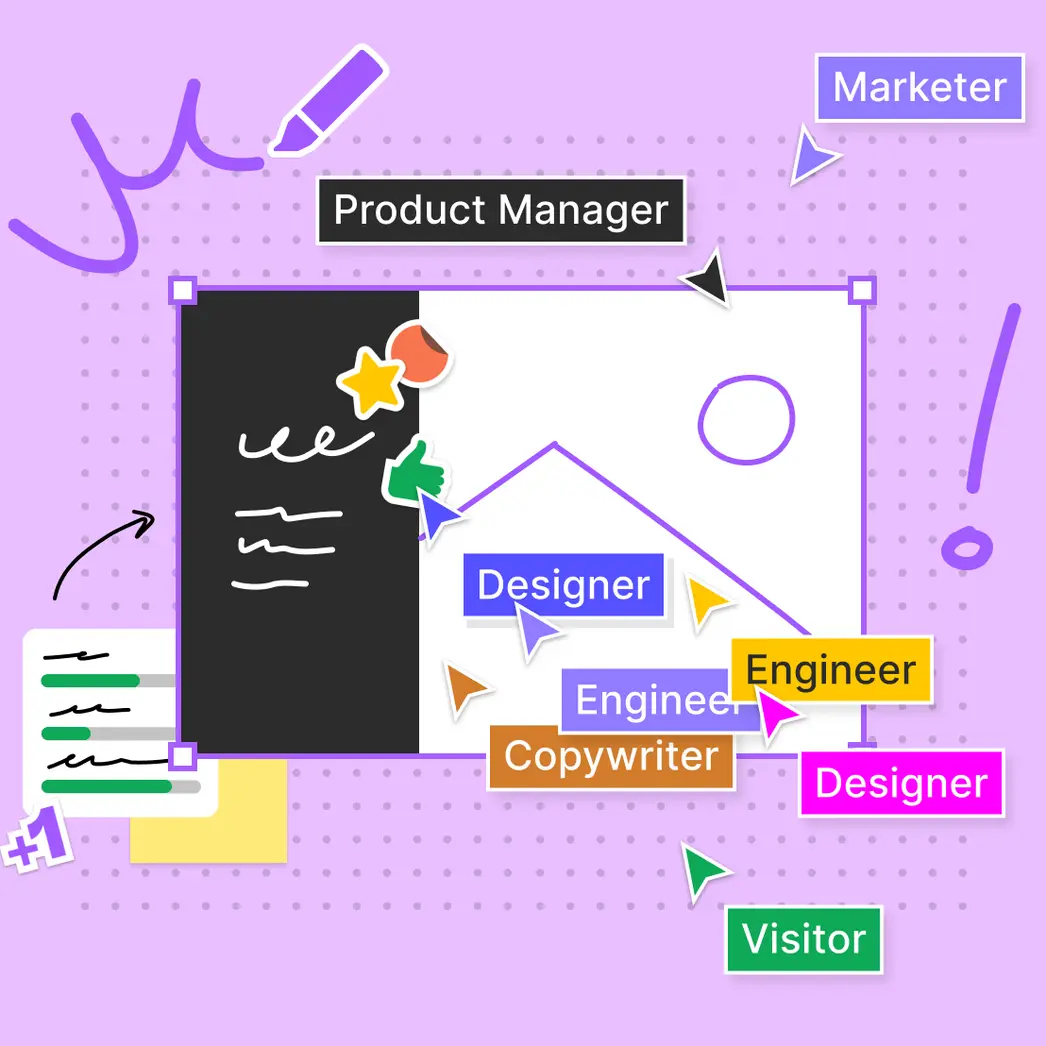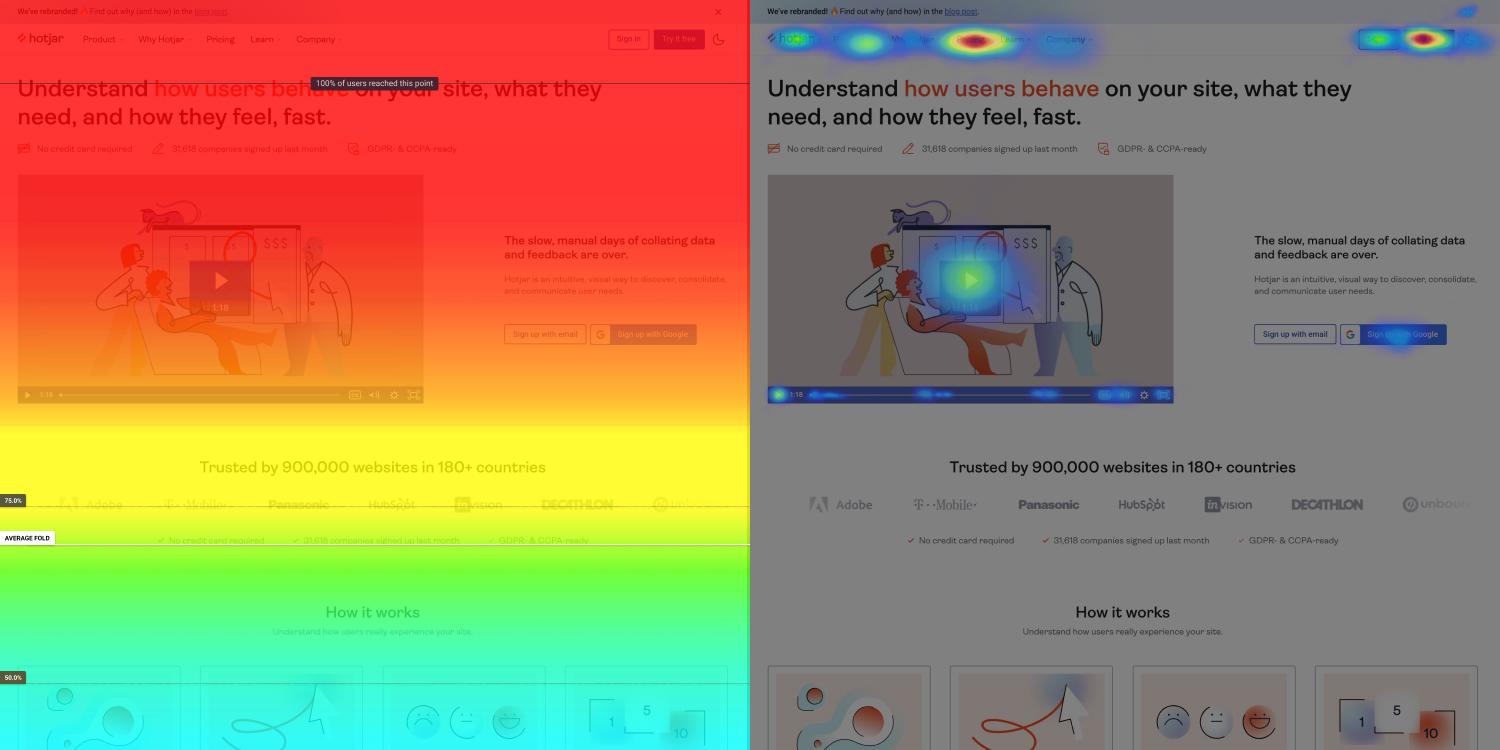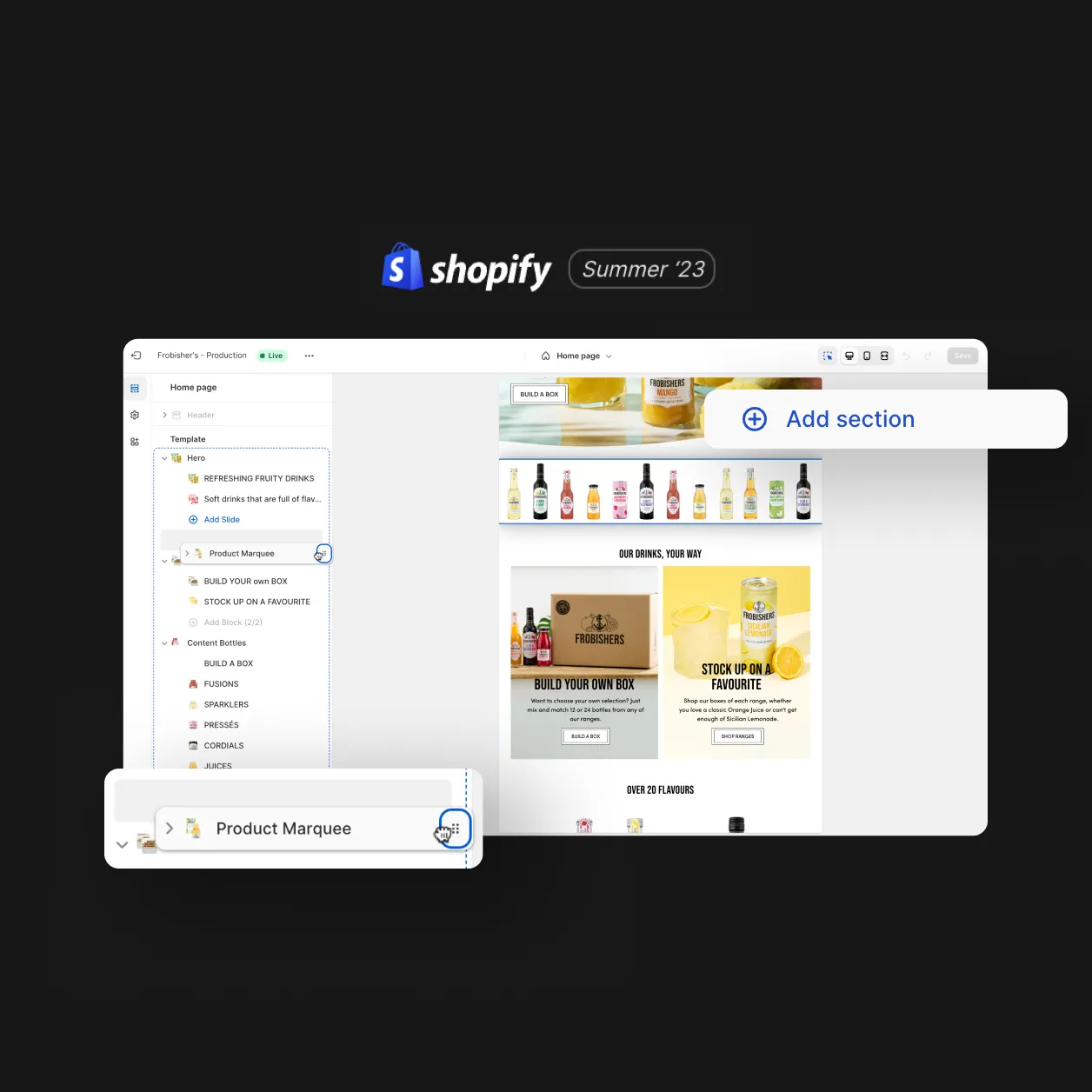
User experience (UX) and user interface (UI) design is a specialism which is becoming increasingly valued by both design agencies and clients looking to optimise their websites or applications. By validating design decisions through strategic UX/UI processes, digital products are becoming increasingly user-centric, and therefore intuitive and enjoyable.
With this in mind, there has been a strong development in the range of digital tools and platforms available to UX/UI designers, allowing them to execute their skillset more efficiently and effectively than ever before. This of course has resulted in a positive impact on the designs they are producing.
Let’s take a look at what areas of digital product design have seen key developments as a result of the growth in the UX/UI industry.
Remote Brainstorming and Ideation
The UX/UI process can be messy. Very rarely is your first idea your best idea, and equally seldom is your best idea the product of a clear, linear ideation process. This is where a collaborative brainstorming platform comes to the rescue. Having a digital artboard space from the beginning of a project is a great place for remote teams to come together and share notes, concepts and visualisations. Digital post-it notes, widgets and stickers allow teams to quickly bring their ideas to life, and is a vital foundation for creating user-centric digital experiences. With this process digitised and centralised, low-fidelity sketches can be quickly drawn up, underpinning the full design scope to follow.
Raw statistics, heatmaps, and user journeys
Some companies are looking to build a digital product from scratch, whereas others are looking to rethink and redesign their current offering. If the latter is the case, then data gathering platforms can give a UX/UI designer a fascinating impression of the mindset of current users. If you’re able to tap into the raw data which underlines how users interact with a site, you can analyse unbiased information such as which pages have abnormally high bounce rates, where users typically land on the site, and how users are most commonly acquired.
In addition to understanding what users do, UX/UI designers often rely on digital research platforms to better understand how users interact with their current sites. Specific UX/UI platforms use heatmaps to indicate behaviours such as which buttons and links users use to navigate through a site, and how far down the page they scroll on average. This, combined with the unbiased raw data allows a UX/UI designer to make informed assumptions about the behaviour of users on current client sites, and validate their design choices moving forward.
Wireframing and Prototyping
Being able to efficiently visualise your designs is vital to any UX/UI process. This allows designers to iterate and optimise user journeys, present stakeholders with ideas, and work seamlessly with developers. Digital wireframing platforms have been perfected over recent years to provide designers with components, design systems and UI tools which help to transform low-fidelity sketches into highly intricate high-fidelity wireframes. These pages can then be prototyped to replicate a user’s experience as if they were accessing a live site, which forms the basis for a UX/UI designer to undertake thorough testing procedures.
Moderated and Unmoderated Remote User Testing
User testing platforms are a great way to maximise the potential of a website or application, and minimise the risk of developing a product which is unintuitive and chaotic. There are a variety of these which allow UX/UI designers to undertake remote moderated and unmoderated user testing of their prototypes, and which form the final piece of the puzzle in validating their design concepts.
The technology currently on offer allows us to ask questions directly to our selected user base, analyse their journey through specific user flows, and even watch recordings of them while they take part in these tests. This type of user research goes a great way to ensuring UX/UI designers minimise assumption making, and gives the data and analysis a crucial voice in the process.
UX/UI designers are in a position now where they have a multitude of digital platforms and tools available to them to optimise their workflow, and deliver the best user experiences to their clients. Through a combination of brainstorming, ideation, wireframing, prototyping and testing platforms, designers are able to efficiently conceptualise, visualise and validate their design decisions. The results of which are iterative user-centric designs which are built on specialised research methods.
Design
Inspiring behaviour change through visual experiences. Our digital design services ensure instant clarity and visuals that cut-through in a cluttered market.








